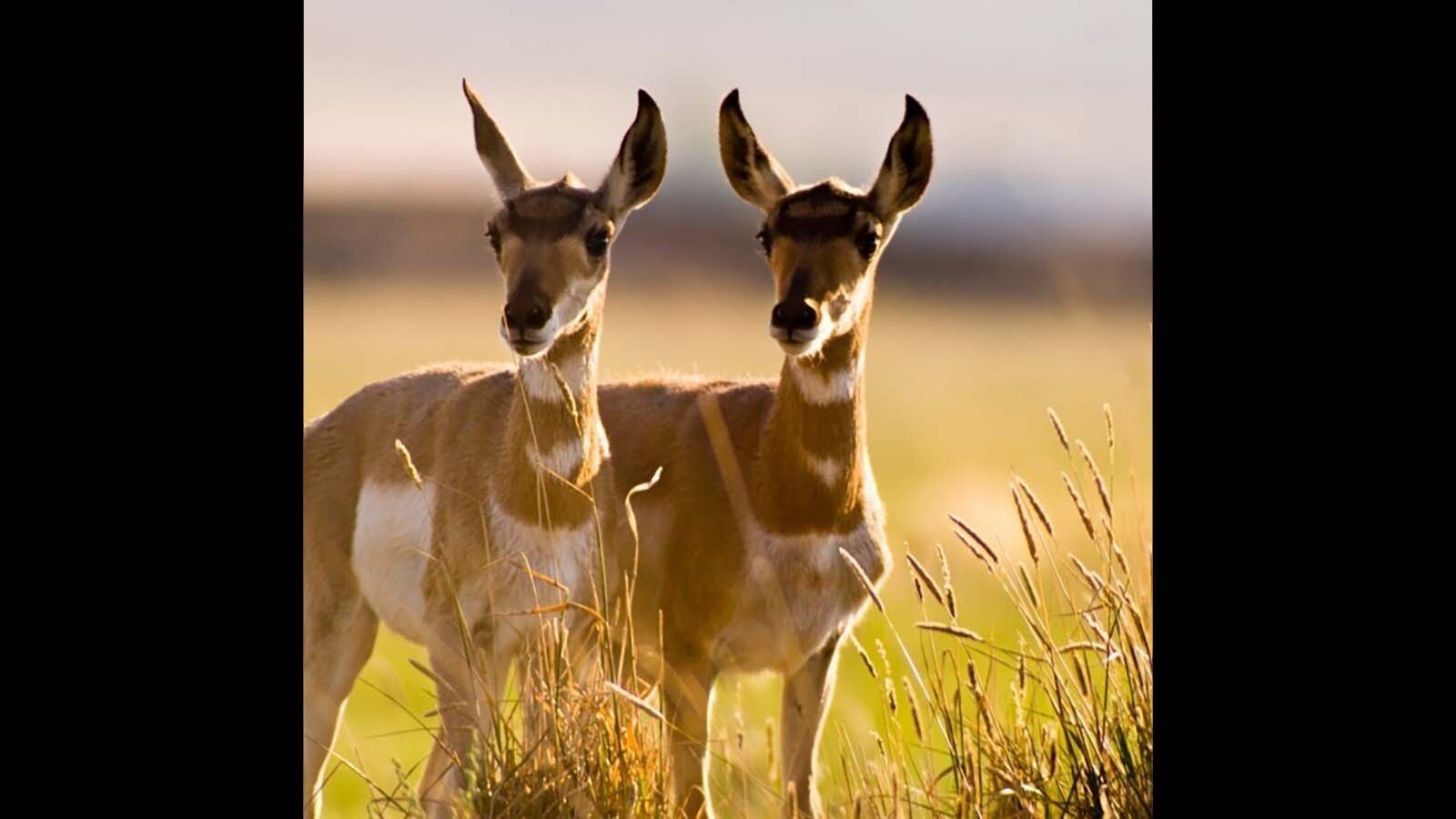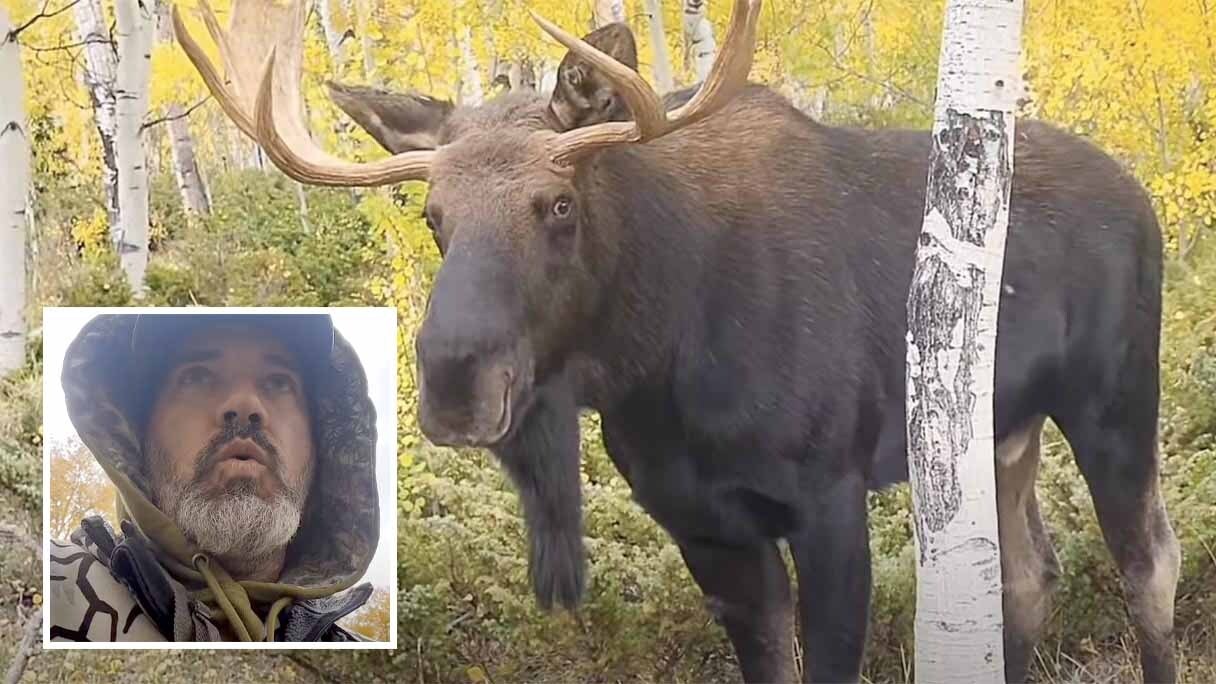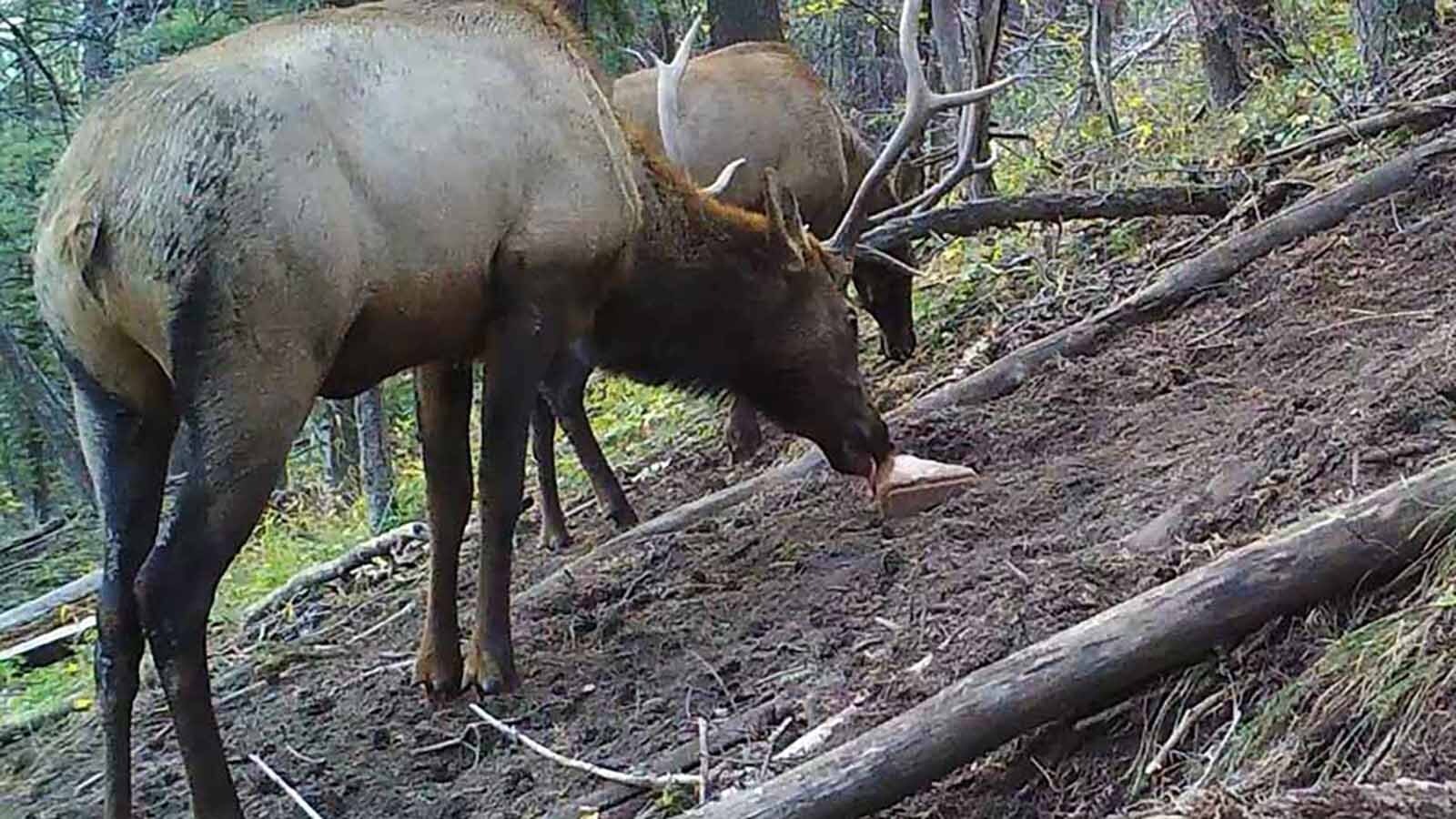After hearing hours of testimony overwhelmingly in favor of protecting the “Path of the Pronghorn” antelope migration route, the Wyoming Game and Fish Commission on Wednesday voted to recognize it as a designated migration corridor.
The Path of the Pronghorn is a network of migratory routes that thousands of antelope trek every spring and fall, as they move between summer range near Grand Teton National Park and winter range near Rock Springs.
The authority to designate the path of the pronghorn as a protected migratory route doesn’t rest with the commission, but instead with Gov. Mark Gordon.
The next step will probably be for Gordon to appoint a working group to delve into the details of a possible designation. That group will likely include representatives from various stakeholders – including hunters and representatives of agriculture and the energy industry.
The Path of the Pronghorn passes through some of Wyoming’s most energy-rich country, including the Johah Field and Pinedale Anticline.
Proponents of designating it as a protected migration corridor have argued that antelope are an iconic Wyoming species and the Sublette antelope herd, which uses the migration route, is one of the state’s crown jewels of wildlife.
Others have expressed misgivings over how a designation might affect cattle grazing, oil and gas drilling and other land uses.
The executive order giving the governor the authority to declare migration routes states that designations can’t infringe on private property or heavily impede energy and agriculture.

Red Desert, Farson Areas Included
The Wyoming Game and Fish Department has studied the movements of antelope from the Sublette herd for 20 years by putting radio collars on 415 animals.
Additional information was gathered by radio-collaring another 54 antelope from the herd between the fall of 2022 and the spring of 2025.
The department’s recommendation to the commission is that eight of the 10 segments included along the Path of the Pronghorn be included.
Two segments, east of Farson and the Red Desert aren’t in immediate need of designation, because there are no abiding threats to the herd there, according to the department’s research.
However, several people who testified before the commission on Wednesday balked at the idea of those segments being excluded.
Ben Elzay of Lander said he and his family have hunted antelope in the Red Desert area for years and have seen the number of available hunting tags shrink as the antelope population apparently dwindled.
“It’s tough out there for them (antelope). I don’t see why we don’t continue to give them all the protections they need,” he said.
There were also concerns voiced over how possible wind and solar energy development in the east of Farson and Red Desert segments could affect the herd, if those segments remained unprotected.
The commission agreed to include those segments in its recommendation to designate the Path of the Pronghorn.
Agricultural And Energy Concerns
Steve Degenfelder, a longtime landman for Wyoming energy companies, and Jim Magagna, executive vice president of the Wyoming Stock Growers Association – expressed misgivings over how designating the Path of the Pronghorn could affect their industries.
The concern isn’t so much over what Wyoming policy might be, but rather, how the federal government and groups opposed to energy and livestock grazing might misuse the designation as a protected migration route, they said.
“Whether it’s sage grouse, mule deer or antelope migration” the energy industry seems to be the most affected, Degenfelder said.
Data collected during antelope movement studies also indicated that the animals weren’t particularly disturbed by oil and gas well sites, he added.
Magagna said the stock growers favor moving forward with discussions about protecting the Path of the Pronghorn, but with “caution.”
“We didn’t have the concept of designating massive expanses of land, but rather, clearly designated corridors” for migration, he said.
The Last Greatest Herd
Wyoming has more antelope than any other state, and the Sublette herd is perhaps the largest herd anywhere said Brock Wahl, chairman of the North Dakota-based North American Pronghorn Foundation.
That’s worth protecting, and it can be done, while also recognizing the importance of energy and agriculture, he said.
The Sublette herd suffered serious losses during the harsh winter of 2022-2023, according to Game and Fish, but it has started to recover.
Prior to that winter the herd was estimated at about 43,000 antelope. Immediately afterward, 20,000 were left, and the herd is currently estimated at about 25,000, according to Game and Fish.
The Sublette antelope herd can’t be taken for granted, so moving to protect its main migration route is critical, said Rich Guenzel of Laramie, a retired Game and Fish biologist and pronghorn conservation advocate, told the commission.
“This is perhaps our one chance to designate protection for the Sublette pronghorn herd on Wyoming’s terms,” he said.
Mark Heinz can be reached at mark@cowboystatedaily.com.





